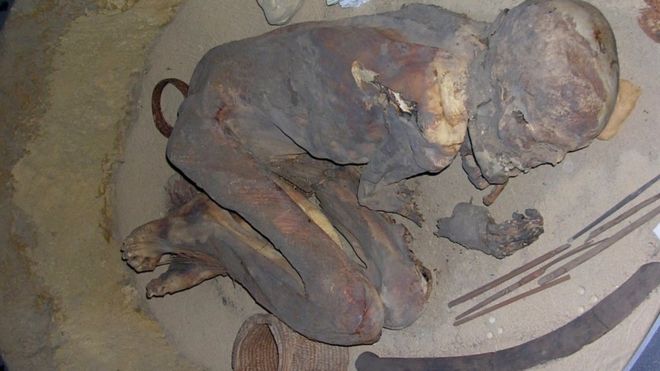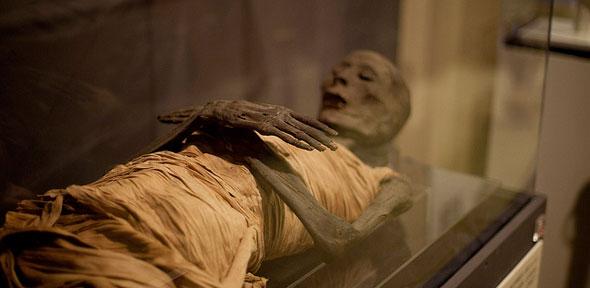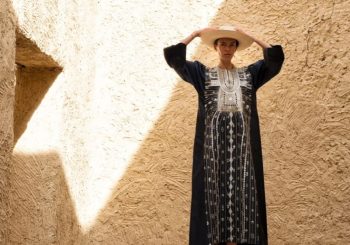A study published in the Journal of Archaeological Science on Wednesday revealed that the original ancient Egyptian embalming recipe used to preserve bodies was used 1500 years earlier than previously assumed.
A series of chemical tests done on a prehistoric (or predynastic) mummy in the Egyptian Museum in Turin, which dates back to 3700 – 3500 BC, showed that its embalming recipe is hugely similar to the embalming salve used to preserve King Tut’s body.
The recipe includes plant oil, heated conifer resin, an aromic plant extract and plant gum and sugar mix.
Dr Jana Jones, an expert on ancient Egyptian burial practices, noted that this is a ‘momentous contribution to our limited knowledge of the prehistoric period’.
Dr Stephen Buckley, an archaeologist from the University of York, added that this implies that “we have a sort of Pan-Egyptian identity well before the formation of the world’s nation state in 3,100 BC”.
For a long time, researches thought that prehistoric mummies were created by mere accident, yet this new evidence indicates that these ancient bodies were preserved for a purpose.
Dr Buckley and his team began the search years ago when he and his team extracted the chemicals from the textiles that have been used to wrap the mummies, which showed hints of an embalming resin that was found in later mummies.
However, the evidence was not enough, and so it took 10 more years to find and carry out the tests on the Turin mummy that remained untouched and unstudied by scientists to unlock the mystery.
“Until now, we’ve not had a prehistoric mummy that has demonstrated – so perfectly through the chemistry – the origins of what would become the iconic mummification that we all know about,” Dr Buckley said.
Egypt’s ancient culture is quite known for its mummification process. Most kings and queens were embalmed so that their bodies would be preserved for the afterlife, as per Egyptian belief.
Today, the Egyptian museums in Cairi’s Tahrir boasts a collection of royal mummies including the mummies of Hatshepsut, Ramses the Great and Sety I.








Comments (0)